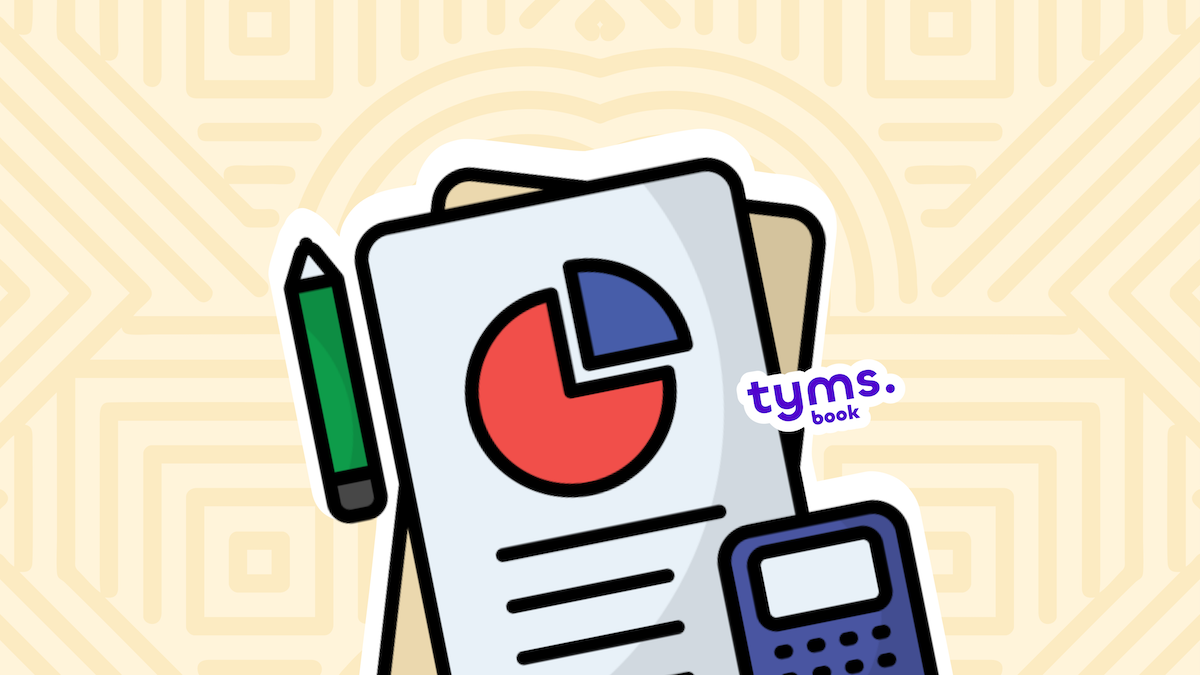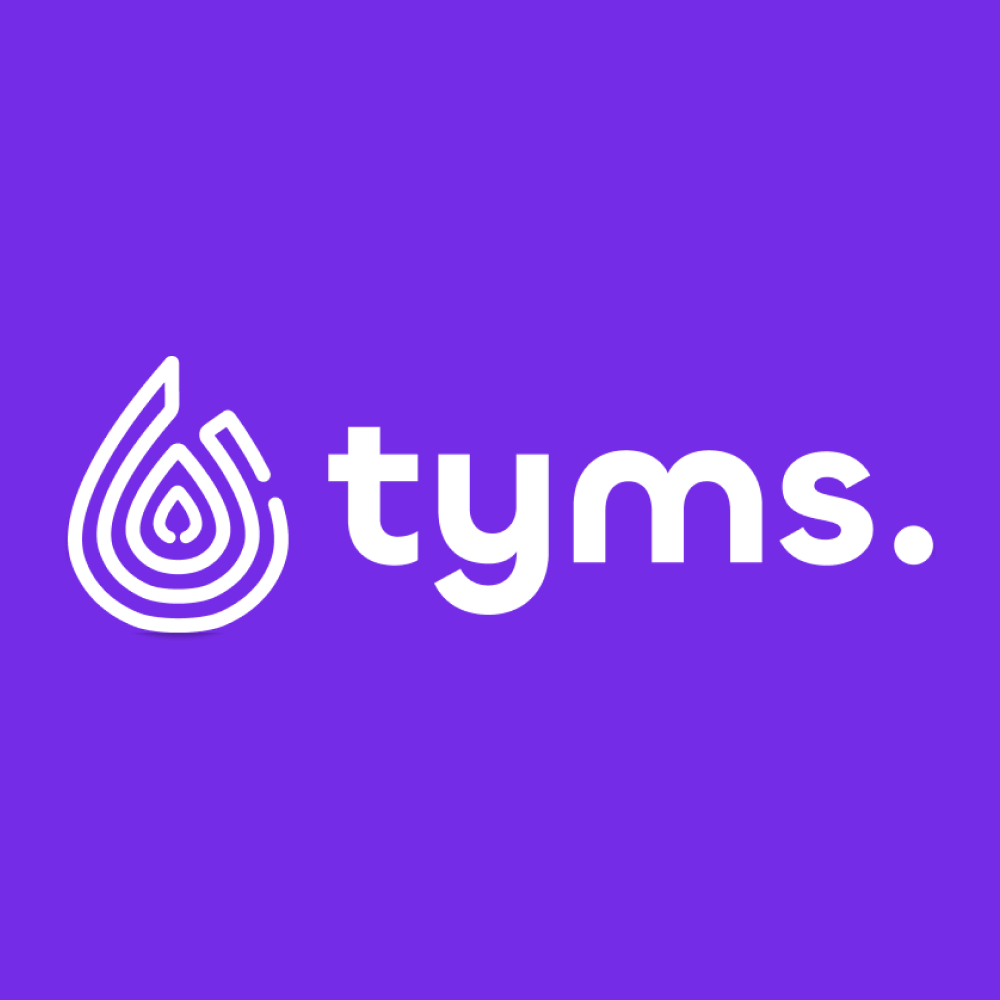Share on:
What is a Chart of Account?
A Chart of Account is a list of all the different categories of accounts in a company, into which different transactions are recorded.
A typical Chart of Account has the following major categories:
-
Assets
-
Liabilities
-
Equity
-
Income
-
Expenses
Assets, Liabilities and Equity make up the Balance Sheet / Statement of Financial Position; While Income and Expenses make up the Income Statement / Profit & Loss Statement / Statement of Comprehensive Income.
Why do you need Chart of Accounts?
As a business, you carry out various forms of transactions on a daily basis, some are inflows where you make sales or earn revenue, while others are outflows where you incur expenses or restock your inventory, or even spend money on an asset.
As a good business owner, it is important to always keep accurate records of these transactions. When recording these transactions,you either record them as inflows ( money coming into your business), or outflows (money going out of your business).
However, not all outflows are expenses, some are money spent on Assets (such as restocking your inventory, buying furniture or computer equipment), and such transactions have to be categorized appropriately.
The purpose of the Chart of Accounts is to help you categorize these transactions appropriately, especially for the generation of your financial reports. Hence, in order to generate the financial statements for your business, you would need to categorize all your transactions into one of the above categories.
Different categories of Accounts
As mentioned above, there are 5 major categories of a Chart of Account: Assets, Liabilities, Equity, Income, Expenses; and these categories make up your financial statement, in the sense that your Assets, Liabilities and Equity makes up your Balance Sheet; while your Income and Expenses make up your Income Statement.
Now, lets dive a little deeper into these 5 basic categories of a Chart of Account:
-
Assets: A business asset is something you own or control that is expected to keep generating future economic value. Examples are: office furnitures, computer equipment, cash at hand or cash in the bank, money with debtors, inventory.
Assets can either be Current Assets or Non-current assets.
Current assets are short-term assets (with a duration of less than one year) that can be easily liquidated / converted to cash. Examples are: Cash, Debtors, Inventory.
While non-current assets are long-term assets (usually a duration of more than one year) and can not be easily liquidated / converted to cash. Examples are: office furniture and computer equipment.
-
Liabilities: These are monies a company owes. Most times, the company has derived some economic value from these transactions but is yet to make the payment for it. Examples are Creditors, Loan.
LIabilities are also grouped into Current liabilities and Non-current liabilities
Current liabilities are liabilities that are due for payment within 12 months (short term duration); while Non-current liabilities are liabilities due for payment after 12 months (long term duration).
-
Equity: This is the amount of money put into the business by the owner / shareholder(s). Retained earnings, which is net profit from prior years brought forward to the current year, is usually also grouped under Equity.
In a typical balance sheet, your Asset should be equal to your liabilities plus Equity.
-
Income: This is also known as Revenue. It is the money earned by a business while carrying out its daily business activities. Examples are sales, interest income.
-
Expenses: This is the money spent by a business while carying out its business operations. Examples are: office expenses, rent, subscriptions, marketing expenses, payroll…
In a typical income statement, Income less Expenses equals Profit / Loss.
How to use Chart Of Accounts on Tyms Book
To use Chart of Accounts on your Tyms Book account, follow the steps below:
-
Go to the Chart of Accounts page, and generate a default chart.
-
Go through the chart to confirm that all your categories are included. If there is any additional category you would like to add, simply click on the "Add Chart" button to add it.
Once you have your chart, you now begin to categorize your transactions appropriately.
-
While recording sales or expenses, click the dropdown under "Sales Category" or "Expense Category" and select the appropriate category for your transaction.
-
You can also edit categories for existing records by clicking on the "Category" box of the transaction, and selecting the appropriate category.
Appropriately categorizing your transactions is very important to ensure the accuracy of your Balance Sheet and Income Statement being generated from your Tyms Book account.
Visit https://mybook.tyms.africa to get started.


Tyms
3 mins read


Praise Arannilewa
0 mins read



